
The topic under conversation is Scotland‘s Grand Slam season of 1984 which for reasons unknown always tends to get ranked someway behind those of 1925 and 1990 and the player in question is David Leslie, the Scots manically brave openside flanker who was unanimously voted man of the tournament 30 years ago. A player who ranks very high indeed in Telfer’s personal roll of honour.
“David was posthumous VC material if ever I saw one. Pound for pound he was possibly the best Scotland player, certainly the best Scotland forward, I ever coached. When he had the ball you could relax because technically he was superb but he could be too brave for his own good sometimes. It could be frightening to watch him put his body on the line – the batterings he took – but what a man to have in your team. He was as hard as nails but we had other very tough guys. The thing about David though is that he also had this Kamikaze thing going on.
“It was Glenalmond College he came from and they have produced a couple of others of the same ilk up there. Rob Wainwright was mad as well – and ended up as a doctor would you believe – and although David Sole used to disguise it pretty well the signs were there for all those who cared to look. They all spoke so beautifully as well. It’s a mystery but there you go, they were all mighty players and men for Scotland. If you could find 15 of that sort and put them in the same team. . .
“Anyway back to Leslie. He was really playing with the bit between his teeth in 1984, he was coming towards the end of his career and maybe felt he had a point to prove. We – the British and Irish Lions who I coached in 1983 – had caused a deal of controversy by not picking him for the 1983 tour of New Zealand and the reasoning was that we needed a very particular seven with real pace and massive work-rate to counter the mobility of Graham Mourie, an exceptional player, who was the All Blacks linchpin.
“David, by his own admission, found it pretty hard going against Mourie when Scotland toured in 1981.
“Ironically by the time the 1983 Tests actually came along Graham had retired and Jock Hobbs stepped in at openside and captain. Hobbs was good player and fine individual but David would have gone very well indeed against him.
Leaving David off the tour was not a great selection by us but he took it very well, like a gent, in fact. At least that was on the outside. He was a proud man and let’s just say his play didn’t lack for spice the following season.”
Leslie was not the only Scot on a mission. The world-class trio of prop Ian Milne – the Bear – hooker Colin Deans and fly-half John Rutherford had all been denied Test starts for the Lions on that New Zealand tour when playing extremely well for the midweek XV and were highly-motivated. Indeed Telfer recalls an unusually buoyant Scottish contingent as they made the long plane journey back from New Zealand which had started in Auckland with he himself considering whether he had the appetite anymore after a gruelling shift at the coalface. By the time the Lions touched down in Heathrow all had changed.
“There were others as well like Ian Paxton, Roy Laidlaw, Roger Baird, Johnnie Beattie and so on – and pretty much to a man they all said they had learned from the trip and furthered their rugby education. They insisted were now ready to beat New Zealand when the All Blacks came to Murrayfield in November.
“They genuinely felt they could win. It was a huge lift to hear such positive thoughts at the end of a draining and ultimately unsuccessful tour for the Lions and suddenly the way forward was clear. We would dust ourselves off and try again for Scotland.”
Just a few months later Scotland nearly pulled of the greatest win in the team’s history, drawing 25-25 with the All Blacks at Murrayfield with only a missed Peter Dods conversion after Jim Pollock’s last minute try denying them immortality but the curve was ever upwards. The 1984 Five Nations was just around the corner and Scotland were building up a head of steam.
The class of ’84 was very much Telfer’s invention and a team packed with players who shared his passion and vision for the game. No fewer than ten of the regular starting XV played their rugby for Borders clubs and their traditional cunning and guile was augmented by Telfer’s well known love of the New Zealand rucking game.
Fast ball, quick clever hands, vicious clinical ruck, recycle, more fast hands, more rucks and then a predatory nose for the try-line when the chance arose. It relied on supreme fitness but when did a Telfer team ever take the field lacking in fitness? The other defining feature of Scotland 1984 was a tight-five that could match the best. Pour all those ingredients into the melting pot along with a very classy and experienced half-back combination and something very tasty was eventually going to be laid before us.
The first win, Wales at the Arms Park, was almost routine although the scoreline of 15-9 suggests a tight enough encounter. Certainly the match elicits no particular memories from Telfer other than his side travelled with real confidence after winning 34-18 in Cardiff two years earlier when they were rampant and crossed for five tries. He also recalls deliberately opting to avoid the pre-match madness of Cardiff and basing his side at the St Pierre Golf and Country club in rural Chepstow. He wanted an SAS-style raid – in and out and then home with the spoils. You rather fancy Telfer would have made a good SAS sergeant-major.
Next up were England at Murrayfield and an 18-9 win, the memory of which has Telfer purring again: “The 1983 Five Nations had not been great for Scotland but we did finish with a very good win at Twickenham and victories down there are about as rare as, well, Scotland Grand Slams. In fact that was our last win there.
“So again, there was no fear, only confidence going into that match. The original plan was to play our natural game and put some pace and handling into proceedings but the rain started mid-morning on the Saturday and we had to reassess. Instead I asked Roy Laidlaw and John Rutherford, whose kicking had improved out of recognition over the years, to target poor Dusty Hare with a succession of kicks. It worked perfectly and by Saturday evening we were two down with two to play.
“We then had a month ‘off’ – that’s how the Five Nations worked in those days, it was a tournament for the fans as much as anything. They could make the trips, return home and get body and soul back together and enjoy a more gradual build-up to the next. I much preferred it that way but that month off which every team had at some stage could be tricky.
“We had to keep the lads ticking over as a squad and I remember a few sessions on a beach near Leith when we had bad weather. On top of that there were already a few ‘Grand Slam’ mutterings in the Press. Hopes and expectations were high but we had to mark time and I started to fret a wee bit.
“Two strong recollections from that match. The referee was Fred Howard from England – Fearless Fred I believe they called him – and he was a very good ref indeed but a disciplinarian who would allow no leeway if you infringed. We had to be sensible about this so in the build-up, time and time again, I stressed the need for discipline and not to get on the wrong side of Fred. The one scenario I feared could damage us was conceding silly penalties and Michael Kiernan, who had a big boot, building an Ireland lead and getting that Dublin crowd going. Then it could all get very difficult.
“I wanted Scotland to be clever and ‘professional’ although you never used that word back then
“I also opted for a bit of reverse psychology the night before the game and showed the lads a tape of the South of Scotland being thumped 30-9 by New Zealand just a couple of months earlier, a game which Fred refereed.
“If I recall, eight or nine of our Scotland team for Lansdowne Road had been involved that day at Netherdale and I could feel them all bristle a little bit watching around the screen. Perfect, that was exactly what I had wanted. Job done. The following day, in difficult conditions, was as good a Scotland performance as I have ever been associated with. We thumped them 32-9 and that was a pretty accurate reflection of the game.”
This was a win that needed celebrating and, of course, there was the small matter of Scotland’s first Triple Crown in 44 years to consider. Scotland had already achieved much but when everybody got back from Dublin and finally got some sleep they woke up to the realisation that a Grand Slam was now at stake against a formidable French team led by Jean-Pierre Rives who had just seen off England with a five-try demolition in Paris.
“We came off second best in the first half no question but we clung on. The Bear had a great game, probably his best ever for Scotland and he and David Leslie set the tone in defence. We soaked up the French pressure and gave ourselves a chance.
“Then in the second half it was a tackle from David on France‘s scrum-half Jerome Gallion, that swung the momentum. It was from a lineout move we had spotted in our pre-match preparation looking at videos of their games. We worked very hard at our homework. They threw long at a four man lineout for Gallion who would run round and take the ball at pace.
“Gallion was a fine player, he had already scored a try for France in the first half, but David had read the move and there was only ever going to be one winner of that collision. Gallion was helped off and although Pierre Berbizier was a decent replacement we took control after that and clinched the issue with Jim Calder’s try.
“I always say Grand Slams are funny creatures because they confer on you a status and kudos that others equally deserve yet are denied. Some of the greatest Scotland players in history have not played in a Grand Slam – you think of Andy Irvine and Jim Renwick both of whom just missed out in 1984 – and some of the best coaches in Championship history have not coached a Grand Slam.
“I’d argue, though, that the 1984 squad was an exceptional group by any criteria. If you were picking an all-time Scotland XV I fancy five or six would come from that team. They established, or possibly re-established, a very definite style of play and set the benchmark for some fine Scotland teams that followed in the next decade including the 1990 group.
“We were fitter than anybody else but that was an advantage you could always gain in the amateur game. If you wanted it more, trained harder, made more sacrifices you could always get fitter than the others. Professionalism has taken that away a bit, but call me biased, I still think that style is fit for purpose at the very top level. Scotland in 1984 were a team for the ages, their rugby would never date.”
Telfer’s heroes may lack the romantic gloss of the 1925 Grand Slammers with their glamorous quartet of Oxford University-educated dashers behind the scrum while undoubtedly there was no single match or occasion that could compare with Scotland’s nation-enhancing win over England in 1990.
It is more than possible, however, that the long lens of history will see the class of 1984 as Scotland’s greatest team.

1 Comment
You must be logged in to post a comment Login
Leave a Reply
Cancel reply
Leave a Reply
You must be logged in to post a comment.

International Rugby
Henry Slade pulls out of England’s tour of Argentina and the USA through injury

British and Irish Lions
British and Irish Lions told: Beware Australian dirty tricks

International Rugby
George Ford joins 100 club in England victory over Argentina






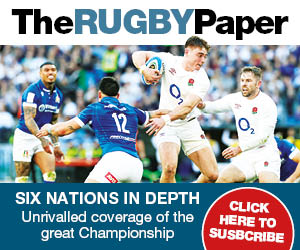

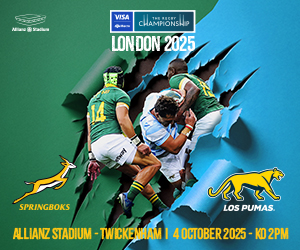


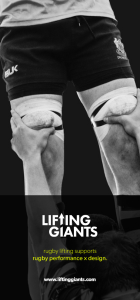










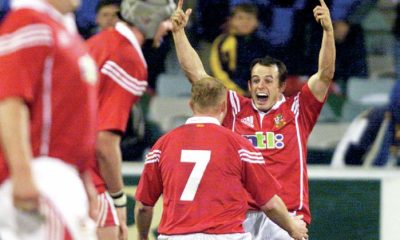

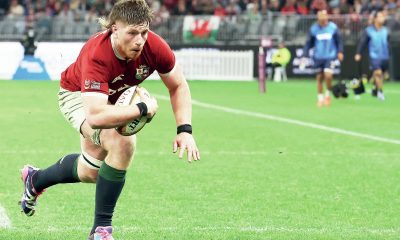

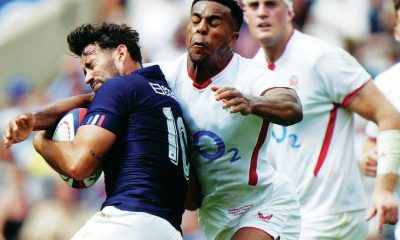

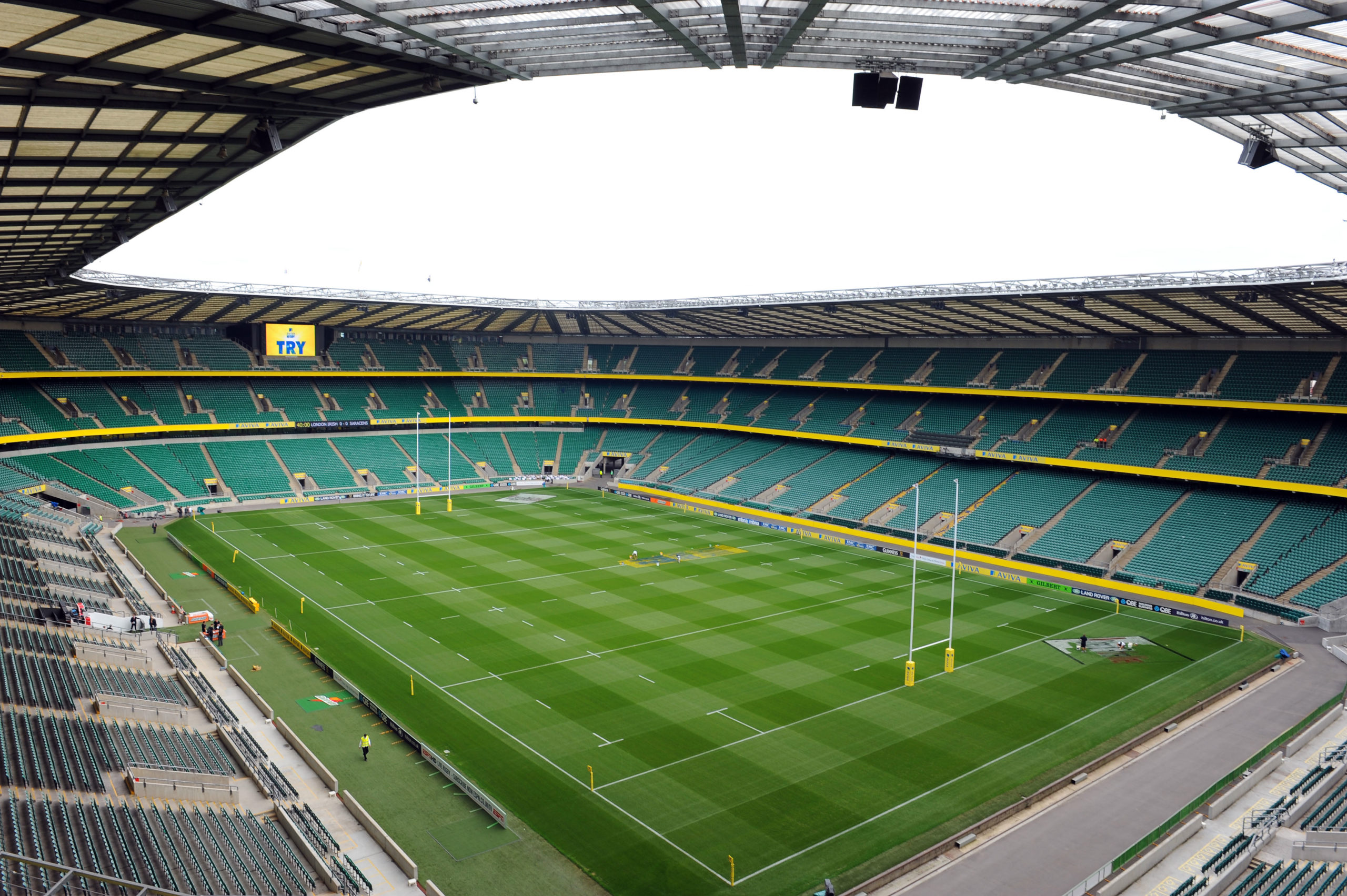

web design new york
23 January 2014 at 11:03 PM
There are some definitions for the term, but not all describe and
define the term properly. Dissatisfied readers will not likely
consider before shifting their focus to your competitor sites.
A good Corporate Identity Design practically makes you ahead in the
mad rush of corporate culture.
My site: web design new york